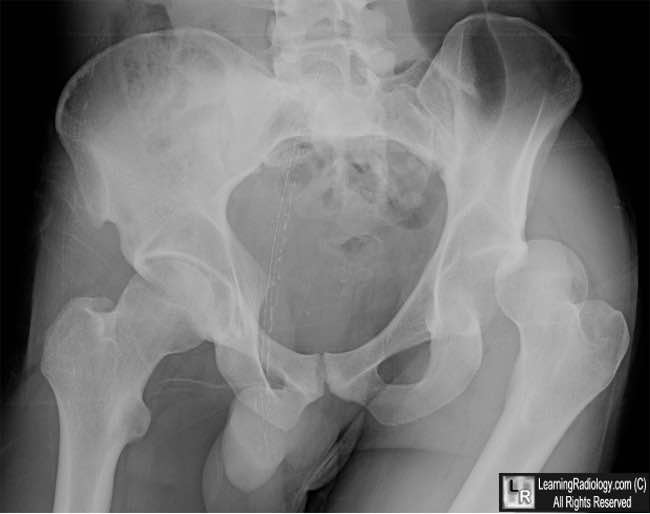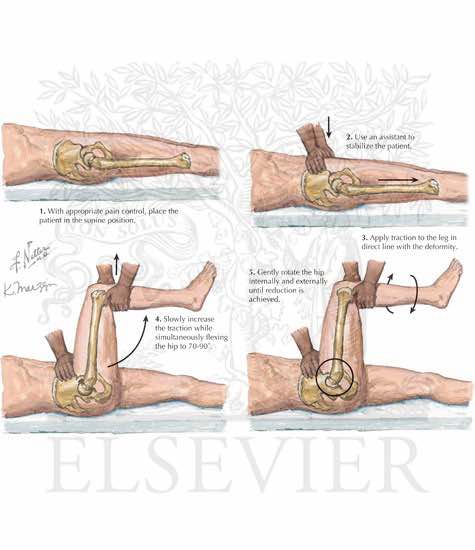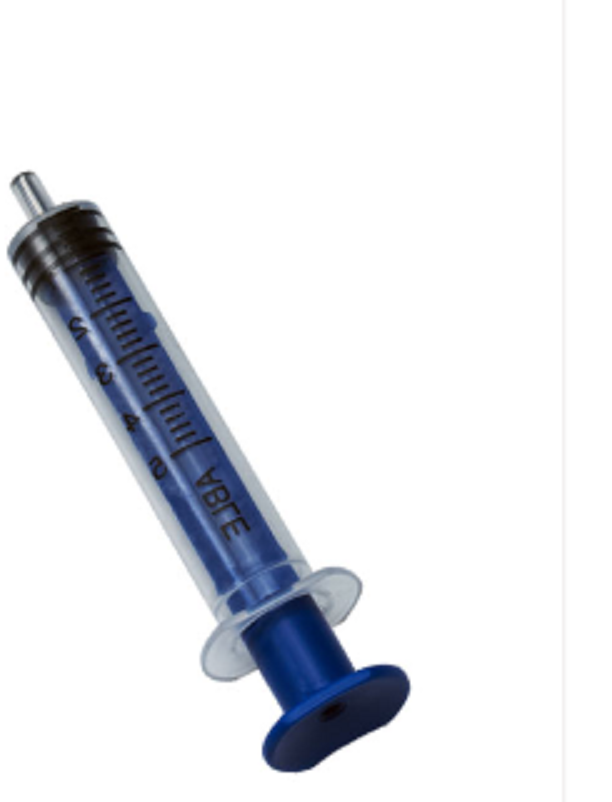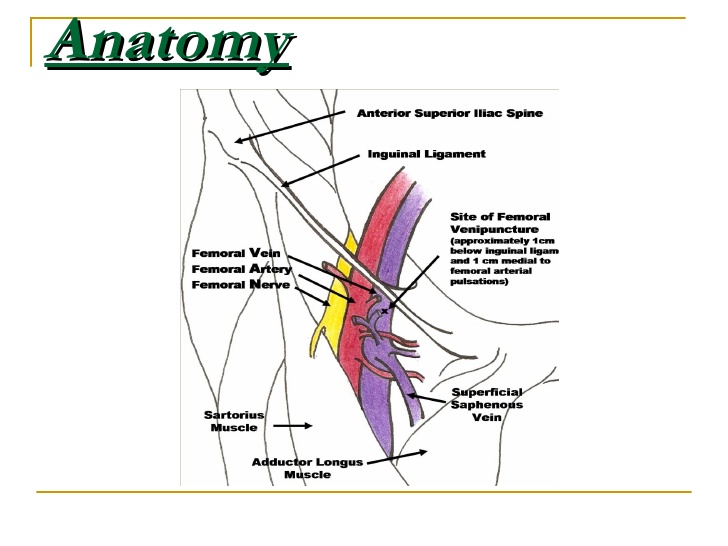DECISIONAL CAPACITY
Decisional capacity is the ability of a patient to make medical decisions on their own behalf. Any physician can determine if a patient has or lacks capacity, not just psychiatrists. We as emergency physicians must be extremely comfortable with assessing decisional capacity, whether it’s for a disposition (e.g. patient wants to go home), for a procedure (e.g. patient doesn't want a lumbar puncture), or for any other medical decision.
There are 4 components of decisional capacity
1. What do I have? - understanding of current condition
2. What are my options? - understanding of possible choices
3. What will I do? - ability to communicate a choice
4. Why? - ability to reason appropriately and understand likely consequences of decisions
Common Scenarios:
Elderly/possibly demented people that want to go home despite a possible dangerous condition
They’ve already communicated a choice
You need to figure out if they understand their condition, their available choices (maybe home with PMD fu, vs CDU, vs admit), and if they can reason (why do you want to go home? What are the risks and benefits of going home? What are the risks and benefits of admission?)
Reach out to family or a healthcare proxy to A.) help determine if the patient is acting at baseline and if their decision is consistent with their core values, and B.) make a decision for them if they lack capacity (responsibility of next of kin or healthcare proxy)
Drunk or otherwise intoxicated people that want to go home despite indication for workup of a possible dangerous disease process
Most of the time they don’t have capacity; their ability to reason is often significantly impaired
Psychiatric patients
While technically within our purview to assess capacity in all patients, you should err on the side of consulting psychiatry for these patients; they are the experts in differentiating eccentric behavior from an exacerbation of psychiatric illness that truly impairs judgement
Pro tips
The decision should ideally be consistent over time! If you ask multiple times and their answer keeps changing, they are not communicating a clear choice
Involve the family and/or PMD whenever possible with these decisions
If it’s extremely difficult, you feel like you’re not getting anywhere, or you’re out of time, call psych for help
Try to let go of any biases toward this patient that may have accrued during their stay (it doesn’t matter that they’ve been a pain in the neck during their ED stay, you should not lower your threshold for saying they have capacity so you can get them out of the ED)
Always drop a note; it should address the four elements of decisional capacity
Example Capacity Note
pt wants to be discharged and has capacity to make this decision:
pt understands that she has pneumonia (#1)
understands options including hospital admission, CDU, and home with PMD fu (#2)
pt chooses home with PMD (#3) fu and reasons that she prefers to be at home at her age because it’s more comfortable even if it comes with a higher mortality risk given her condition (#4)
she has expressed this choice multiple times during her ED stay, has an active DNR/DNI order, and her family/PMD supports her decision (consistency during ED stay, consistent with core values, family and PMD on board)






















